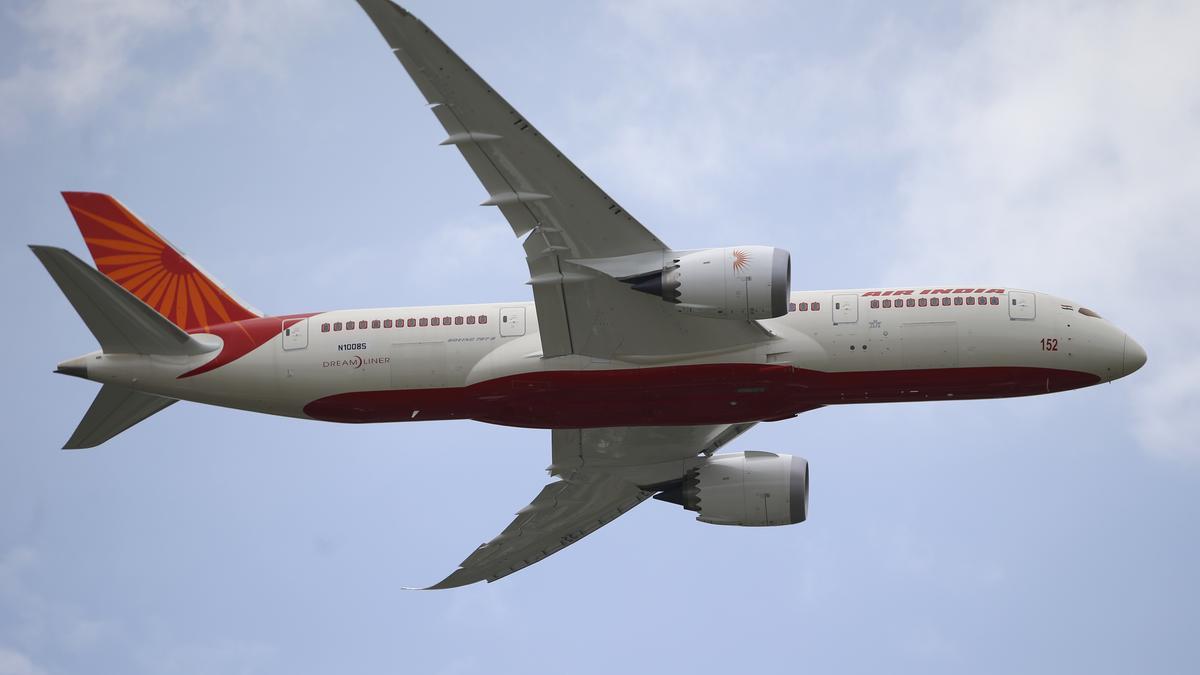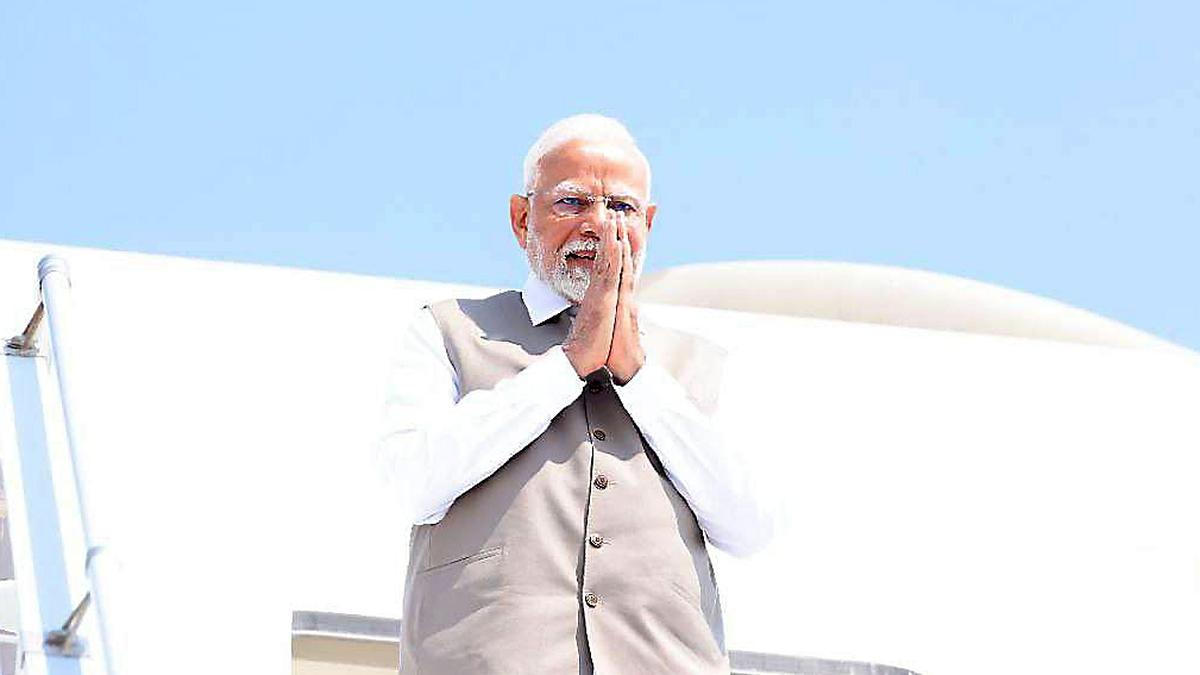As India marks 50 years of its Crocodile Conservation Programme in 2025, it is Odisha’s pioneering work that laid the foundation for one of the country’s most successful species recovery efforts.
When the Government of India launched the Crocodile Conservation Project on April 1, 1975, it was Odisha that emerged as the centre of the country’s first scientific efforts to save all three native species of crocodilians—the gharial (gavialis gangeticus), the saltwater crocodile (crocodylus porosus), and the mugger (crocodylus palustris)—from the brink of extinction.
Odisha Government is all set to celebrate World Crocodile Day on June 17 in a big way as a milestone in its conservation journey.

The mugger crocodile, once severely depleted in numbers, has now reclaimed most of its historical range, with its numbers in the wild estimated at 8,000 to 10,000. | Photo Credit: Special Arrangement
“Odisha is uniquely positioned by hosting wild populations of all three crocodile species. A small breeding population of saltwater crocodiles had managed to survive in the mangrove swamps of Bhitarkanika, while the southernmost population of gharials persisted in the Mahanadi River. Mugger crocodiles continued to inhabit forested river stretches like those around Ramatirtha,” said Sudhakar Kar, a researcher who has devoted 50 years for crocodile conservation.
Alarmed by the findings of a survey conducted in late 1974 by renowned herpetologist H.R. Bustard that crocodile populations were on the brink of extinction, scientific conservation efforts were launched with the assistance of Food and Agriculture Organization of the United Nations.
Incubation, rearing centres
“Incubation and rearing centres were immediately established in Odisha — for gharials at Tikarpada on the Mahanadi River and for saltwater crocodiles at Dangamal in Bhitarkanika. Uttar Pradesh followed with centres at Kukrail (Lucknow) and Katarnia Ghat along the Girwa River. Eggs laid in the wild were collected, incubated in controlled conditions, and hatchlings were reared in specially designed pools until they reached 1.2 metres in length — a size deemed safe from most natural predators,” said B. C. Choudhury, a retired scientist from Wildlife Institute of India, Dehradun.

In March this year, Prime Minister Narendra Modi had announced the initiation of a new conservation project for gharials (fish-eating crocodiles). | Photo Credit: Special Arrangement
In a historic moment for wildlife conservation in India, the first gharial and saltwater crocodile hatchlings emerged from the Tikarpada and Dangamal centres in June 1975, just two months after the project’s launch.
“Odisha’s contributions over the next five decades would prove to be groundbreaking. It became the first State to appoint dedicated wildlife biologists for the project. It also established India’s first conservation breeding pools for gharials at Nandankanan Zoological Park and Dangamal. In an early example of international collaboration, an adult male gharial was brought from the Frankfurt Zoological Society to help build a viable breeding group in Odisha,” said Mr. Choudhury.
“Bhitarkanika and Satkosia in Odisha were the first areas declared as protected habitats for saltwater crocodiles and gharials, respectively. Both were later upgraded to National Park and Tiger Reserve status. Odisha also became the first State to release captive-reared gharials and saltwater crocodiles back into the wild,” Mr. Kar said, remembering how as a young researcher he would go to collect eggs from crocodile nests by a fishing boat with a lamp in hand.
Increase in wild population
Odisha is the only State in India to host conservation centres for all three crocodilian species — Tikarpada for gharial, Dangamal for saltwater crocodile, and Ramatirtha for mugger. Odisha also produced India’s first PhDs in crocodilian research, further reinforcing its leadership in conservation science.
“Fifty years on, India holds nearly 80% of the global wild gharial population—an estimated 3,000 individuals—with more than 400 nests recorded annually across the National Chambal Sanctuary (spanning three States), Katarnia Ghat Wildlife Sanctuary, Gandak River, Corbett Tiger Reserve, and Son Gharial Sanctuary in Madhya Pradesh,” said Mr. Choudhury.
The saltwater crocodile population has recovered to approximately 2,500 individuals in the wild, with Bhitarkanika in Odisha holding the largest share, followed by the Andaman and Nicobar Islands and the Sundarbans in West Bengal. The mugger crocodile, once severely depleted in numbers, has now reclaimed most of its historical range, with its numbers in the wild estimated at 8,000 to 10,000.
With over 20 zoos, led by the Madras Crocodile Bank, now breeding crocodiles and supporting reintroduction programmes, the need to collect eggs from the wild has largely been eliminated. In March this year, Prime Minister Narendra Modi had announced the initiation of a new conservation project for gharials (fish-eating crocodiles).
“It is possible that this new project will consolidate its status in the Ganges and its tributaries, take the species across its former distribution range up to Brahmaputra and Indus and re establish the species in its former glory in its southern most distribution in Mahanadi in Odisha where conservation efforts have shown much encouraging results,” said Mr. Choudhury, who is involved in gharial conservation in multiple States of India.
Published - June 15, 2025 09:38 pm IST



.png)
.png)
.png)
















 1 day ago
3
1 day ago
3









 English (US) ·
English (US) ·